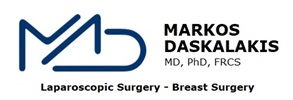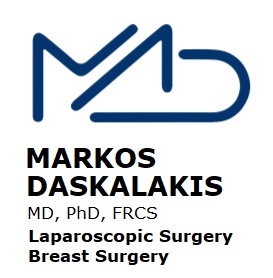Laparoscopic Hernia Repair
Hernia

Procedure Indications
-
Keyhole hernia surgery is associated with less pain compared with open repair. Patients recover more rapidly and return to normal activities, work and sports faster. Has less complications related to the wound, cord, or scrotum, e.g. infection, haematoma, or nerve injury. It is best option for patients with hernias on both sides (bilateral), hernias that have been repaired before through open approach (recurrent) or for female patients.
-
The chance of the hernia recurring after a keyhole repair is extremely small and equal to the best open method. Several clinical trials that compared the laparoscopic (keyhole) and traditional (open) methods of repair of inguinal hernias have demonstrated the advantages of keyhole over open surgery in terms of reduction in pain after the operation, and a more rapid return to full activity and employment.
Additional Info
The keyhole operation is performed under a general anaesthetic through 3 small incisions in the lower abdomen. Unlike the open operation, there is no big cutting involved in the keyhole surgery; hence less pain.
The dissection is carried out between the muscles and the lining of the abdomen (peritoneum), The hernia sac is dissected and returned back in the abdominal cavity. The defect in the abdominal wall is patched up with a non-absorbable (permanent) mesh. The mesh is placed under no tension and absorbable staples are used to fix it.



